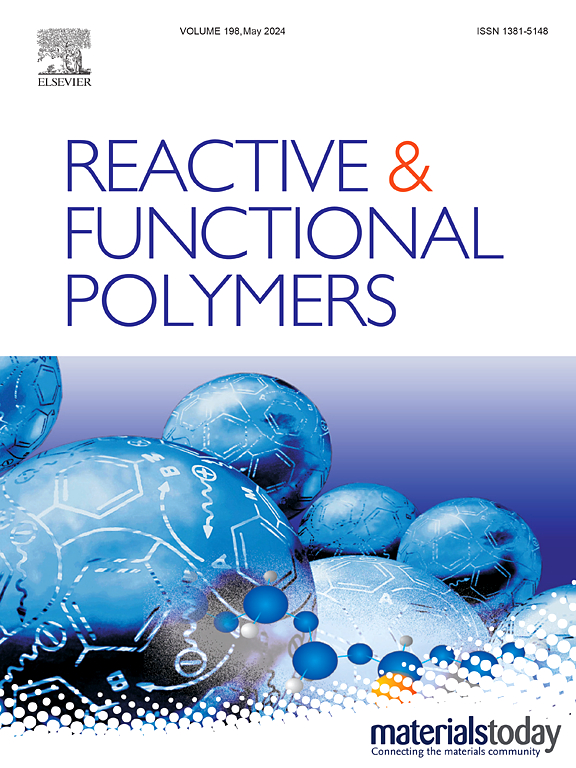Modification of Al2O3 particles by T-shaped trialkoxylsilylethyl-terminated polydimethylsiloxane oligomers and their applications in thermal interface materials
IF 4.5
3区 工程技术
Q1 CHEMISTRY, APPLIED
引用次数: 0
Abstract
A series of T-shaped trialkoxysilylethyl-terminated polydimethylsiloxane oligomers with different terminal structures and different degrees of polymerization have been synthesized by a series of reactions and functioned as the surface treatment agent for Alumina particles. The influence of the structure, degree of polymerization, the treatment method of the prepared oligomers, the mass ratio of alumina particles with different particle sizes, the viscosity of the matrix, the ratio between the modifier and the matrix, and the volume fraction of the mixed-size alumina particles on the fluidity and thermal conductivity of the silicone paste were investigated in detail. When a T-shaped trimethoxylsilylethyl-terminated polydimethylsiloxane with a degree of polymerization of 8 was used as the modifier for the mixed-size alumina particles consisting of 70 μm, 3 μm and 0.5 μm blended in a mass ratio of 9: 4: 2 and its dosage is 1/10 mass of the dimethyl silicone oil with a viscosity of 100 mPa.s, a silicone paste filled with 87 vol% hybrid alumina particles with a thermal conductivity of 6.95 W/(m· K) and good fluidity could be prepared. In the 30 W HB-LED heat dissipation application experiment, the results of thermal infrared imaging indicated that compared with the silicone paste filled with 83 vol% alumina with the same compositions while no modifier is used, the surface temperature on the HB-LED chip dropped from 118.2 °C to 79.0 °C. Moreover, the silicone paste with 87 vol% alumina had a higher cone penetration than that without the addition of any modifier. Based on the FT-IR, XPS, and 3D microscopy images of the modified alumina filler, the modification mechanism was briefly discussed.

求助全文
约1分钟内获得全文
求助全文
来源期刊

Reactive & Functional Polymers
工程技术-高分子科学
CiteScore
8.90
自引率
5.90%
发文量
259
审稿时长
27 days
期刊介绍:
Reactive & Functional Polymers provides a forum to disseminate original ideas, concepts and developments in the science and technology of polymers with functional groups, which impart specific chemical reactivity or physical, chemical, structural, biological, and pharmacological functionality. The scope covers organic polymers, acting for instance as reagents, catalysts, templates, ion-exchangers, selective sorbents, chelating or antimicrobial agents, drug carriers, sensors, membranes, and hydrogels. This also includes reactive cross-linkable prepolymers and high-performance thermosetting polymers, natural or degradable polymers, conducting polymers, and porous polymers.
Original research articles must contain thorough molecular and material characterization data on synthesis of the above polymers in combination with their applications. Applications include but are not limited to catalysis, water or effluent treatment, separations and recovery, electronics and information storage, energy conversion, encapsulation, or adhesion.
 求助内容:
求助内容: 应助结果提醒方式:
应助结果提醒方式:


